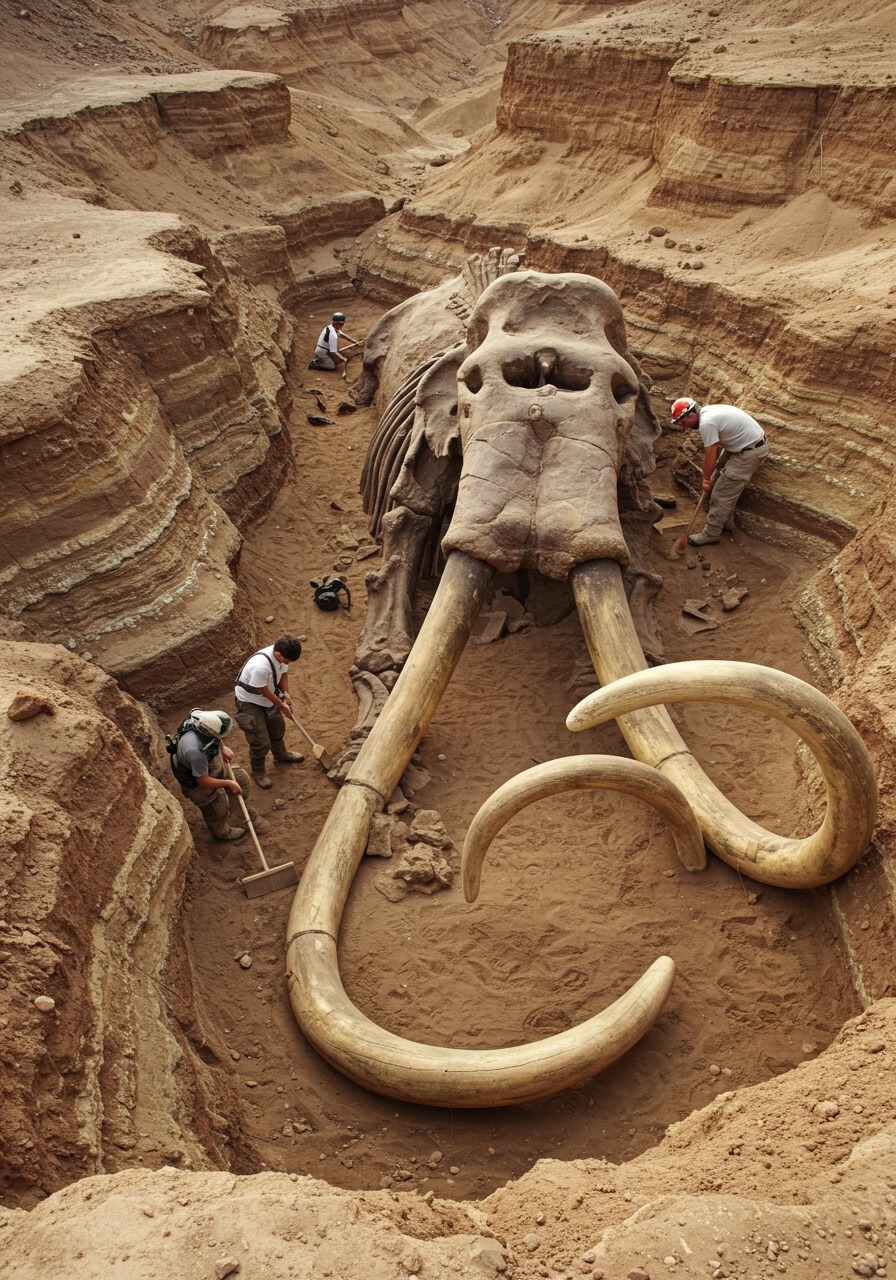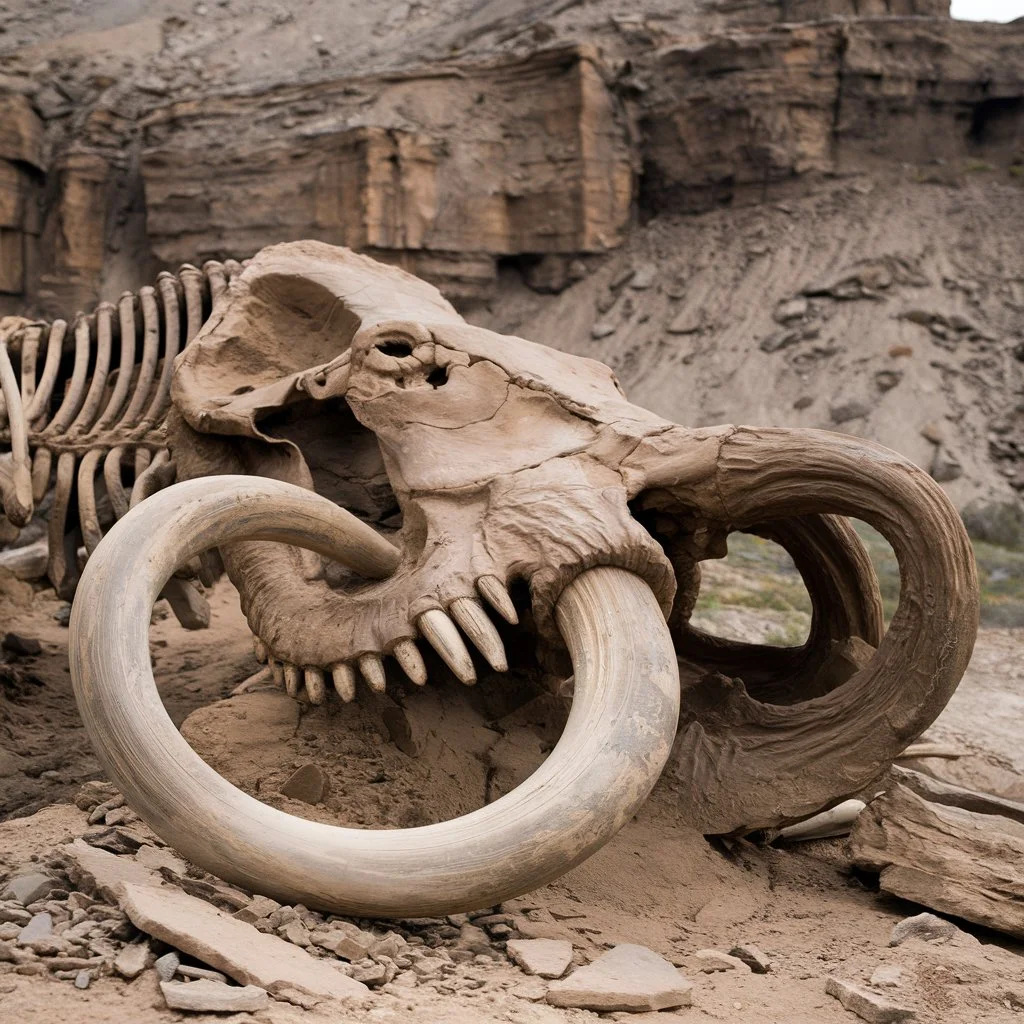BREAKING NEWS: Giant Mammoth Fossil Unearthed – Rewriting Prehistoric History

1. Colossal Discovery: Giant Mammoth Fossil Unearthed in Unprecedented State
A major paleontological expedition has resulted in the sensational discovery of a Giant Mammoth Fossil—not merely bones, but a near-complete specimen preserved in an unprecedented state. Unearthed deep within a melting permafrost or riverbed, the remains are significantly larger than previously recognized species, suggesting the existence of a previously unknown mega-mammoth lineage. The remarkable preservation includes soft tissue and intact genetic material, which could finally resolve the mysteries surrounding the megafauna extinction event. This colossal find is set to be the centerpiece of the year, launching a global, high-stakes race to analyze and fully document the creature.

2. Rewriting Prehistoric History: A New Timeline for Human-Megafauna Coexistence
Preliminary dating of the Giant Mammoth Fossil places it at a time significantly later than the accepted timeline for woolly mammoth extinction, potentially Rewriting Prehistoric History. This suggests that these colossal creatures coexisted with modern human populations for thousands of years longer than currently believed. The find sparks a renewed debate over the true cause of the megafauna die-off—was it climate change, or did early human hunters play a more extensive role in their demise? The new timeline necessitates a complete re-evaluation of early human migration patterns and hunting technology, painting a more complex and prolonged picture of human-megafauna coexistence.

3. Genetic Goldmine: The Key to De-Extinction and Climate Crisis Data
The preserved genetic material within the Giant Mammoth Fossil is being hailed as a Genetic Goldmine that could unlock the future of de-extinction projects, offering the most complete mammoth DNA sample ever recovered. Beyond “bringing back” the mammoth, the tissue also holds vital clues about the Ice Age ecosystem and how prehistoric animals adapted to rapid climatic shifts. Scientists believe that studying the mammoth’s adaptation genes could provide crucial, real-world data to inform contemporary strategies for combating the climate crisis. This single discovery offers a two-pronged scientific victory: a monumental fossil and a biological blueprint for the future.












